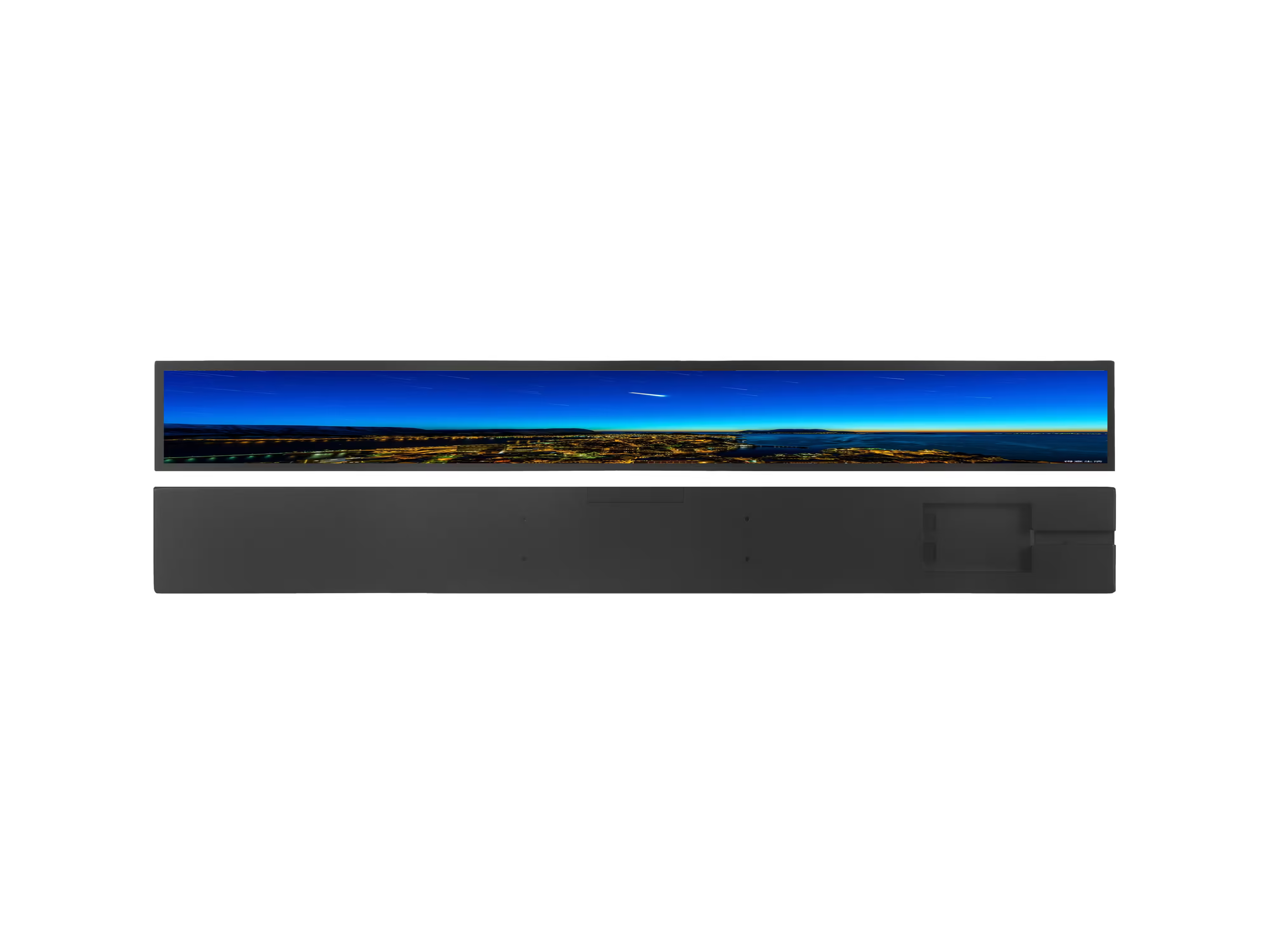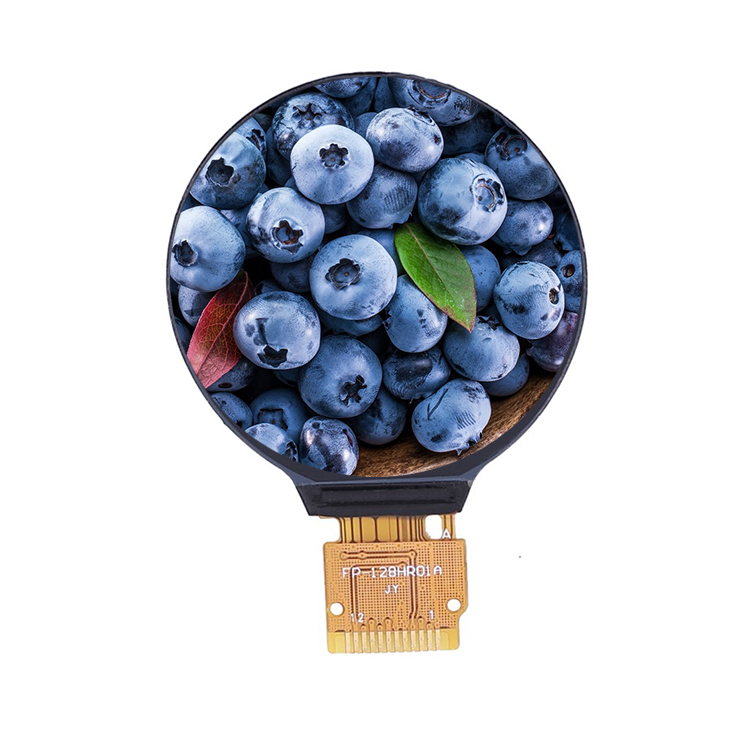In today’s world of embedded systems and microcontrollers, interfacing with Liquid Crystal Displays (LCDs) has become an essential aspect for various applications, from simple home automation to complex industrial displays. One popular method for connecting LCDs is through the Inter-Integrated Circuit (I2C) interface, which offers simplicity, efficiency, and reduced pin requirements. In this article, we will delve into the I2C LCD module schematic, focusing on the Chancedisplay brand, known for its high-quality and reliable modules.
The I2C protocol, developed by Philips Semiconductor (now NXP Semiconductors), is a widely adopted two-wire communication standard that allows devices to communicate with each other over a shared bus. It simplifies the wiring and reduces the number of pins needed for an LCD module, making it an ideal choice for projects with limited resources or space constraints.
A typical I2C LCD module schematic consists of several key components:

1. **LCD Display Module**: The heart of the system is the LCD itself, which can vary in size, resolution, and type (e.g., monochrome, color). Chancedisplay offers a range of LCD modules, such as the CD4128P, which features a 16×2 character display with built-in I2C support.
2. **I2C Interface:** The module usually integrates an I2C driver chip, like the HD44780 or compatible alternatives, to handle the low-level communication between the microcontroller and the LCD. Chancedisplay’s LCDs often come with an integrated I2C driver, simplifying the setup.
3. **SCL (Serial Clock Line)**: This is the data line that carries the clock signal between the master (microcontroller) and slave (LCD module). The clock frequency is typically around 400kHz or 100kHz, depending on the module’s specifications.

4. **SDA (Serial Data Line):** This is the data line that carries the actual data being transmitted. The master sends commands and receives responses from the LCD over this line.
5. **Power Supply and Ground:** The LCD module requires a stable power supply and ground connection. CHANCEDISPLAY modules usually operate within a 3.3V to 5V range, with some supporting lower voltages for battery-operated applications.
6. **Pull-up Resistors (Optional):** Although many I2C modules have built-in pull-up resistors, they may be required for some configurations or to ensure reliable communication. These resistors are typically connected between SDA and VCC (positive supply).

Here’s a step-by-step guide to creating an i2c lcd module schematic with a CHANCEDISPLAY module:
1. **Pinout Configuration**: Identify the I2C pins on your microcontroller and the LCD module. The common pins are SDA, SCL, VCC, and GND. Ensure you connect the microcontroller’s SDA and SCL lines to the LCD’s corresponding pins.
2. **Power Connections**: Connect the VCC pin of the LCD to the microcontroller’s 3.3V or 5V supply, and ground both the VCC and GND pins.
3. **Pull-up Resistors (if necessary)**: If your microcontroller does not have built-in pull-up resistors, add external ones (e.g., 1kΩ) between SDA and VCC.
4. **Command and Data Transmission**: Initialize the I2C communication by sending the appropriate start and stop conditions. Then, send the command bytes to configure the LCD (e.g., clearing the display, setting the cursor position, etc.). After that, send the data bytes to update the display.
5. **Reading from the LCD**: Some LCDs allow reading back data, such as user inputs. To do this, send the read command followed by the address of the desired register, and then read the data from the SDA line.
6. **Error Handling and Timing**: Be mindful of the I2C timing constraints, including the maximum clock stretching and data transfer rates. Implement error checking mechanisms to ensure proper communication.
In conclusion, understanding the i2c lcd module schematic is crucial for efficient integration into any project. Chancedisplay offers a wide range of high-quality I2C LCD modules that simplify the process. By following the steps outlined above and referring to the datasheets provided by Chancedisplay, you can easily harness the power of I2C to create dynamic and cost-effective displays in your designs. Happy coding!


